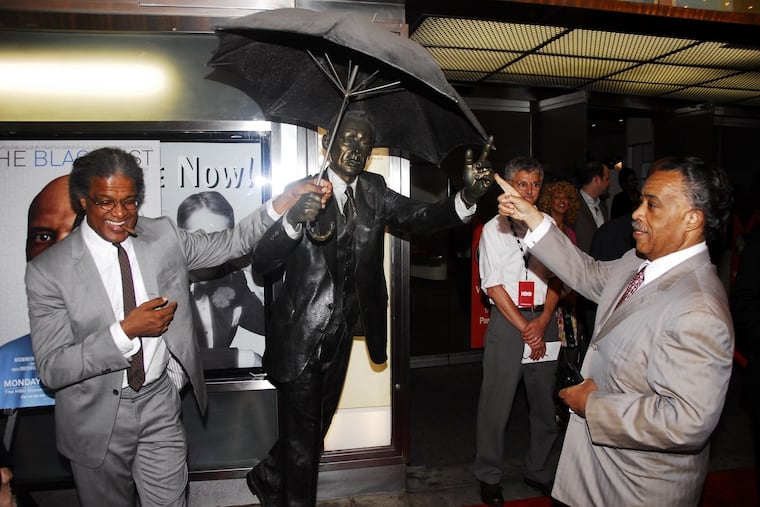Where is the Umbrella Man statue that used to reside outside the Prince Theater?
Known popularly as “Umbrella Man,” he stepped forward, as if signaling a cab in the rain. He was last seen in front of the then-Prince Music Theater. But sometime in 2015, along with the Prince, he disappeared.
